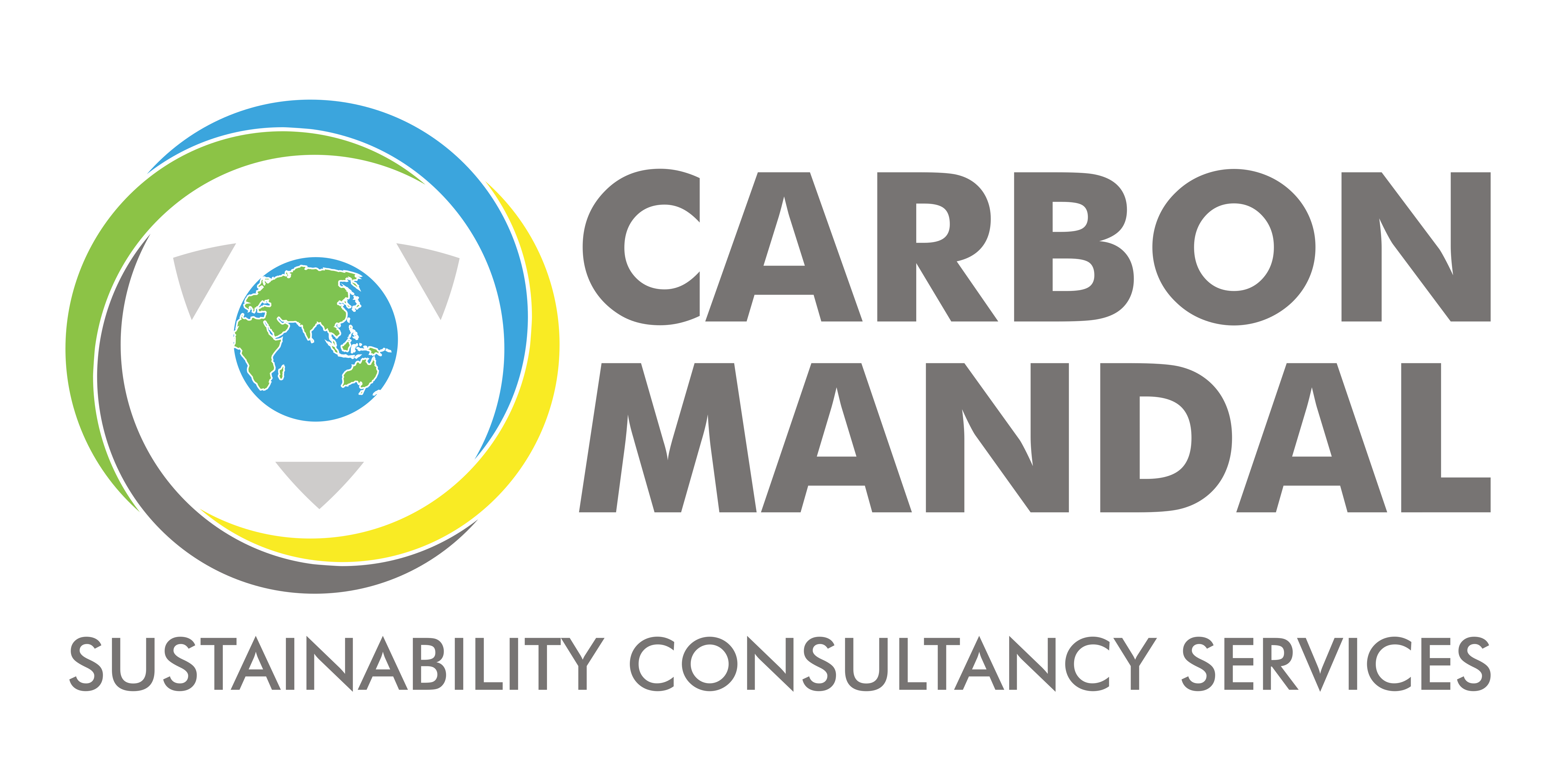“ According to a report by The Energy and Resources Institute (TERI), India generates over 62 million tons (MT) of waste in a year ” [1]. This waste often ends up in overflowing landfills or is improperly disposed of, leading to environmental degradation through soil and water contamination, and contributing to air pollution and greenhouse gas emissions. On the other hand, imagine strolling through a city where every step you take leaves behind not a trace of waste. Welcome to the world of zero-waste cities, where sustainability meets innovation. In this article, we delve into the inspiring journey of Indore, Madhya Pradesh, a beacon of zero-waste success in the heart of India. Discover the strategies, initiatives, and remarkable stories that have transformed this bustling metropolis into a model of environmental stewardship and community engagement.
The concept of zero-waste was first coined in the 1970s by Paul Palmer, a chemist and Yale graduate and founder of the Zero Waste Institute. Palmer had noticed that chemicals discarded by emerging tech companies in Silicon Valley were reusable, and he founded a company to find new uses for these waste chemicals. Essentially, zero waste involves reducing waste generation to a minimum, followed by composting, reusing, or recycling any remaining waste
INDORE - THE GREENEST CITY OF INDIA :
“Indore was not always clean. It scaled up from the 149th position on the Clean City Index in 2014 to 25th in 2016 and finally bagged the 1st position in 2017 ” [2]. Few strategies are as followed :
1. DOOR - TO - DOOR STRATEGY :
Waste segregation at source revolutionised the city's approach. Household waste is collected after segregation into six categories at the doorstep. According to Deccan Herald, “the city now collects nearly 692 tonnes of wet waste, 683 tonnes of dry waste, and 179 tonnes of plastic waste daily, sorted into different categories. Around 850 specially designed vehicles, equipped with compartments for bio-waste items such as diapers and sanitary napkins, are employed for this purpose”.
Young men stationed in front of computer screens at the garbage-van command centre monitor the routes of 468 garbage vans collecting trash door-to-door. “We know the route of every van, and the exact time it makes a stop,” said Deepak Kumar, 28, project incharge at the garbage-van ‘command centre’, which started a year ago [6]. These men receive alerts if there is a problem on any route, such as a breakdown, road closure or if a driver is not feeling well.
Young men stationed in front of computer screens at the garbage-van command centre monitor the routes of 468 garbage vans collecting trash door-to-door. “We know the route of every van, and the exact time it makes a stop,” said Deepak Kumar, 28, project incharge at the garbage-van ‘command centre’, which started a year ago [6]. These men receive alerts if there is a problem on any route, such as a breakdown, road closure or if a driver is not feeling well.
Garbage - Van Command Center Credits : Scroll.in
2. FROM WASTE TO WONDER :
10 Stations termed as ‘Transfer stations’ are installed at various places across the city. The segregated household waste, via these transfer stations are directed into different directions to reach the destined ‘Processing Faculty’. These faculties produce the waste to wonder i.e a reusable commodity. For example, compost. This compost is marketed to farmers and landscapers as fertiliser, sometimes provided free of charge, as farmers agree to handle the transportation at their own expense.
The system reproduces reusable commodities in large quantities emerging as a shining example of a circular economy. Approximately “550 tonnes of household organic waste are generated daily”, which is then transformed into compost [4]. On the other hand, the household waste that cannot be recycled is sent to a “cement plant in Neemuch and to the M.P. Rural Road Development Corporation for road construction purposes” [3]. In this manner Indore uses both recyclable and non - recyclable waste in a sustainable way.
Indore Solid Waste Management Plant
Workers Working in the Indore Solid Waste Management Plant
BIO METHANE PLANT :
The first source of mass waste production has been tackled - Household Waste. The 2nd largest mass production of waste is vegetable, fruit, and flower markets. To counter this, a biomethanation facility has been established opposite the vegetable, fruit, and flower market for the decentralised processing of waste, converting organic waste into methane. “About 20 tonnes of waste is collected every day, and converted into 750-800 kg of bio compressed natural gas (bioCNG). The company has a contract with the Indore Municipal Corporation to operate the plant for 15 years. The gas produced is used to run city buses, and sold as cooking fuel to hotels and the Indian Institute of Management, at a subsidised rate. Waste from the flower market is kept separately (1-2 tons a day), and mixed with slurry to produce compost” [3].
The Biomethane Plant, Indore Credits : Times of India
CITIZENS PARTICIPATION :
Picture this: behind the scenes, diligent waste management practices are orchestrating a symphony of environmental protection, public health preservation, and economic vitality, it's the silent warrior combating pollution, shielding our ecosystems, and ensuring that our air, water, and soil remain pristine. Thus, waste management isn't just about tidying up; it's the unsung hero of urban life, silently safeguarding our cities' well-being on multiple fronts. These unsung heroes are the staff that aid in the transformation of a waste to wonder. However, even their wings would have chopped off if the citizens wouldn’t participate. As rightly mentioned by Malini Gaud, former Mayor, in The Indian Express in 2018, “the turnaround can also be attributed to people’s participation in the campaign” A major reason for Indor to make its place in the news and at the top is the heavy citizens participation. For instance, Malini also stated that “ she held about 400 meetings of citizens and administered the oath of cleanliness to more than four lakh people.”
CONCLUSION :
The success of Indore’s urban solid waste management shows that urban India can clean up if municipal bodies, NGOs, private companies and citizens come together. From being ranked “ 149th in the Swachh Sarvekshan Survey of 2014 to having topped the national civic ranking as the cleanest city in India for the last four consecutive years”, Indore has indeed come a long way [5]. Beyond the ecological significance, waste management is a bustling hub of opportunity, breathing life into green industries, creating jobs, and sparking innovation in recycling and resource recovery. So, the next time you toss something in the bin, remember, you're not just discarding waste; you're playing a vital role in shaping a cleaner, healthier, and more sustainable future for our cities and planet. Let’s follow their lead and transform our cities into models of environmental sustainability.
REFERENCES :
- India Solid Waste Management. (2023, April 27). International Trade Administration | Trade.gov. https://www.trade.gov/market-intelligence/india-solid-waste-management Accessed on 17th July 2024.
- Chandra, S. (2024, January 23). How does Indore do it? Frontline. https://frontline.thehindu.com/the-nation/how-does-indore-do-it-india-cleanest-city-7-years-in-a-row-strategy/article67737621.ece#:~:text=Major%20milestones-,Indore%20was%20not%20always%20clean.,questionnaire%2C%20IMC%20sent%20detailed%20responses. 17th July 2024.
- Khaitan, S., Khaitan, S., & Indiaspend. (2019, October 2). Indiaspend. Indiaspend. https://www.indiaspend.com/how-indore-became-indias-cleanest-city-and-how-others-can-follow/#:~:text=Non%2Drecyclable%20waste%20is%20sent,be%20Indore's%20largest%20dumping%20ground. 18th July 2024.
- Perinchery, A. (2022, February 23). Here’s Why the New Indore Bio-CNG Plant Is Likely to Succeed – Though Others Like it Haven’t. The Wire. https://thewire.in/environment/heres-why-the-new-indore-bio-cng-plant-is-likely-to-succeed-though-others-like-it-havent 19th July 2024.
- Rana, R., Rana, R., & Indian, L. (2021, July 28). The logical Indian. The Logical Indian. https://thelogicalindian.com/good-governance/cleanliness-swachh-bharat-indore-29929 20th July 2024.
- Scroll.in. (2019, October 3). How Indore became India’s cleanest city (and how others can follow). Scroll.in. https://scroll.in/article/939210/how-indore-became-indias-cleanest-city-and-how-others-can-follow 21st July 2024.


Add a Comment
Your email address will not be published. Required fields are marked *